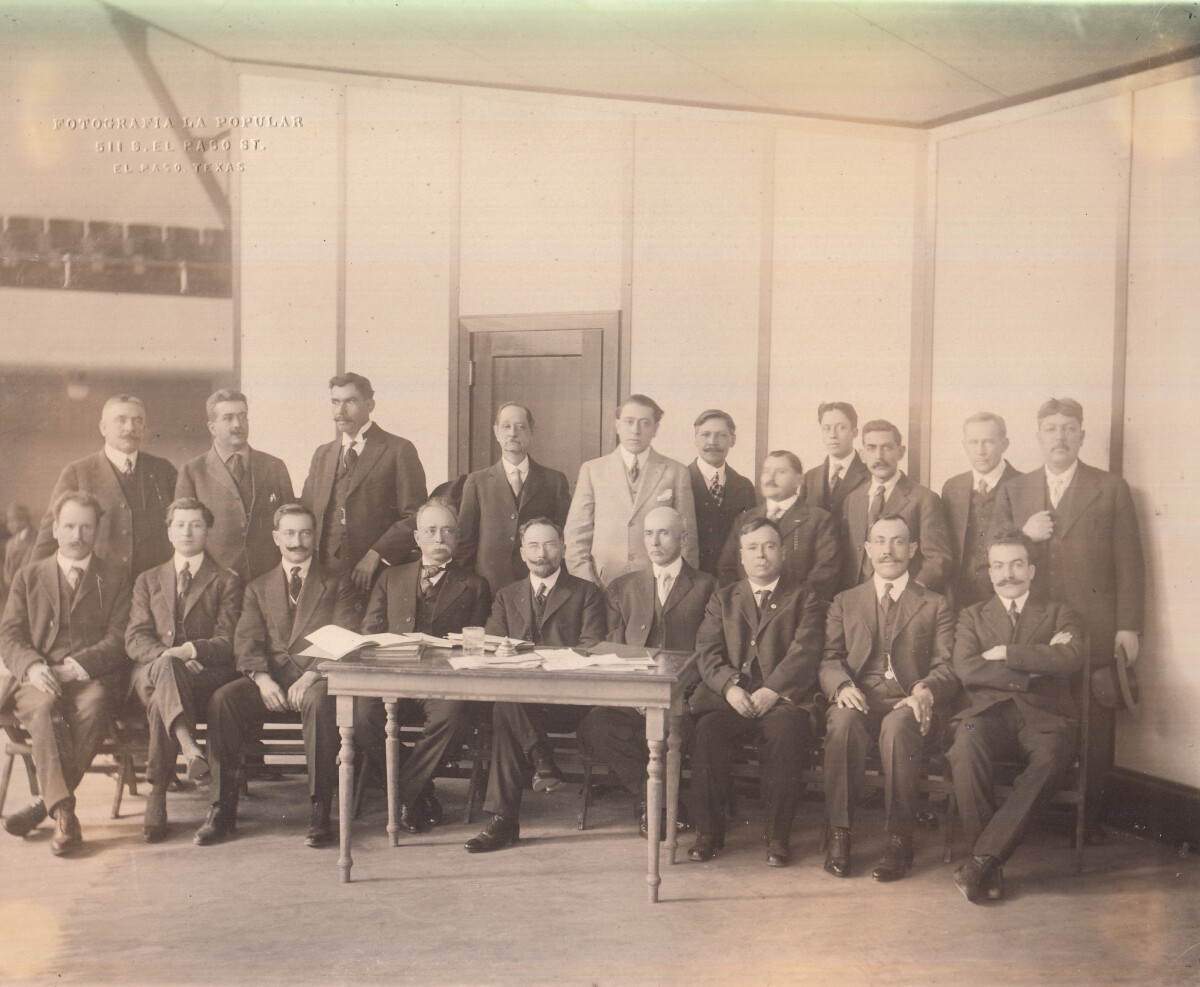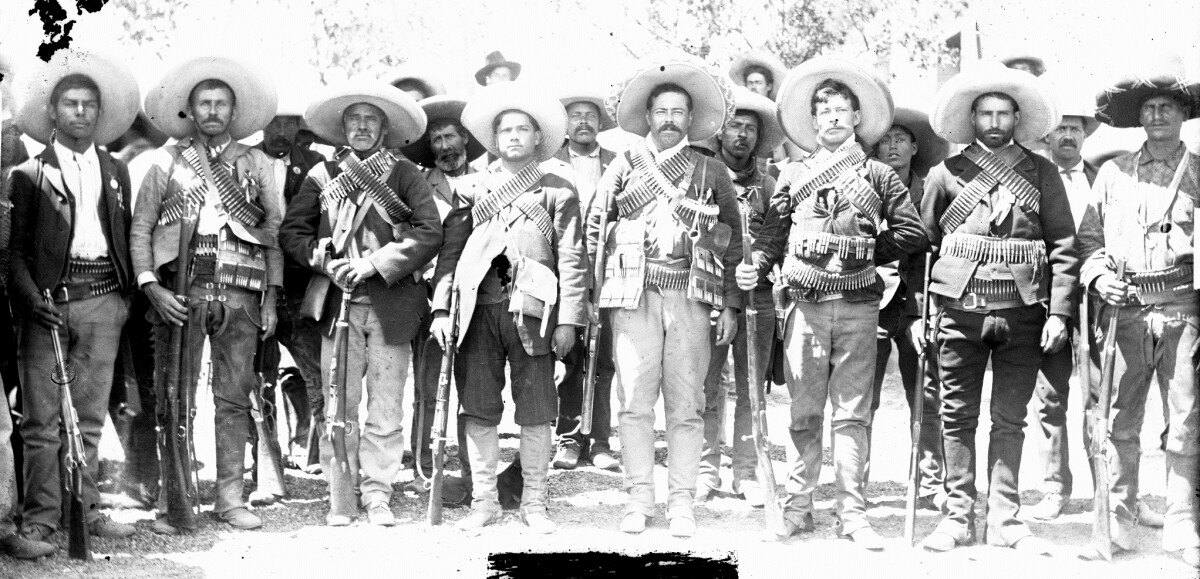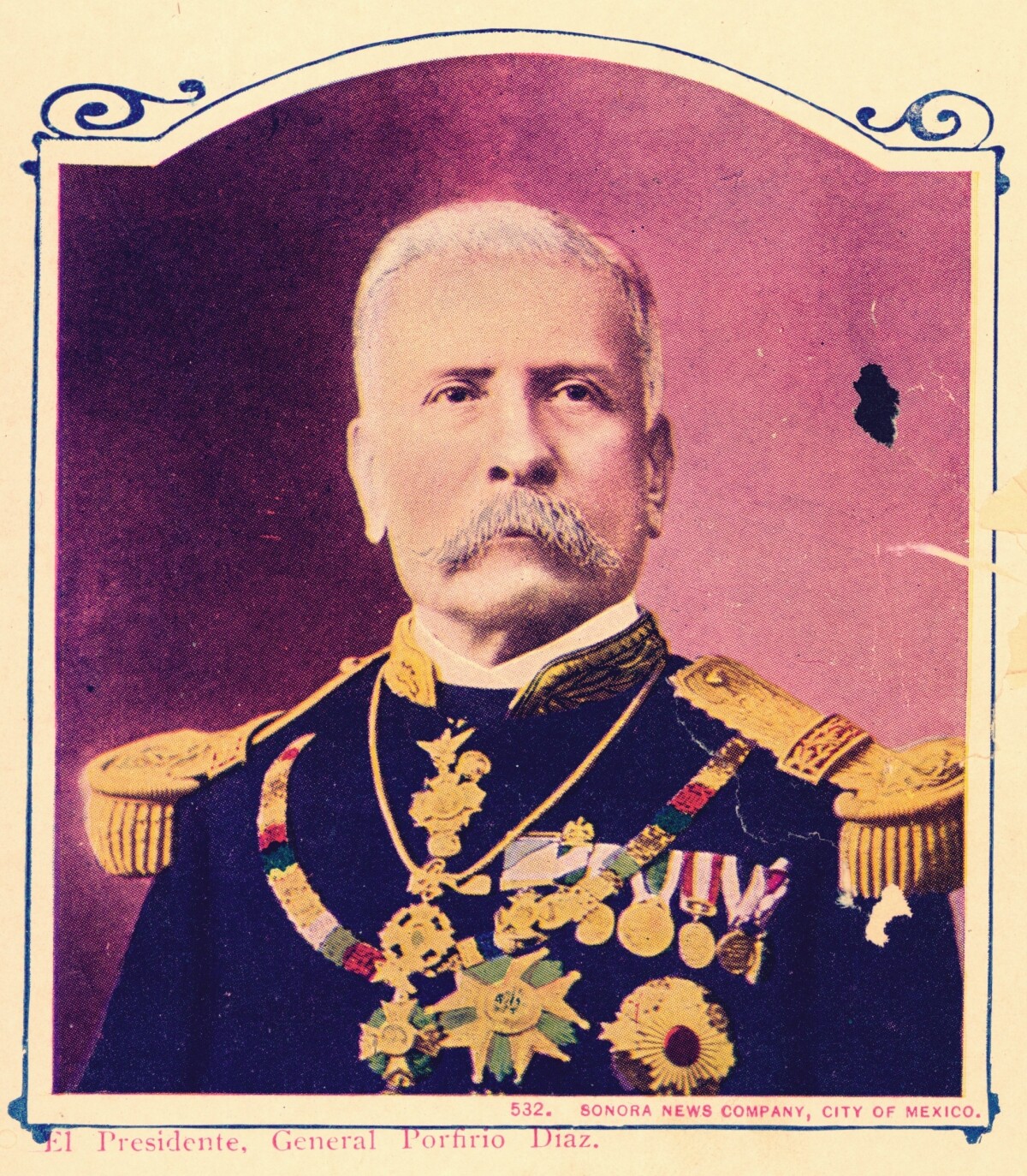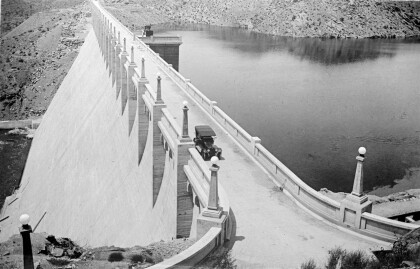Report this entry
More from the same community-collection
Chatto / Chato - Chiricahua Apache
Chato (1854-1934) was a Chiricahua Apache, born in 1854. He ...
J. J. Armes, Stan Lee, and J. J. Armes III
You were approached by Stan Lee about creating a super hero of ...
J. J. Armes With President Bush and Vice President Cheney
J. J. Armes with President George W. Bush and Vice President ...
J. J. Armes, Investigating With A Magnifying Glass
J. J. Armes Investigating A Safe With A Magnifying Glass, ...









































Comments
Add a comment